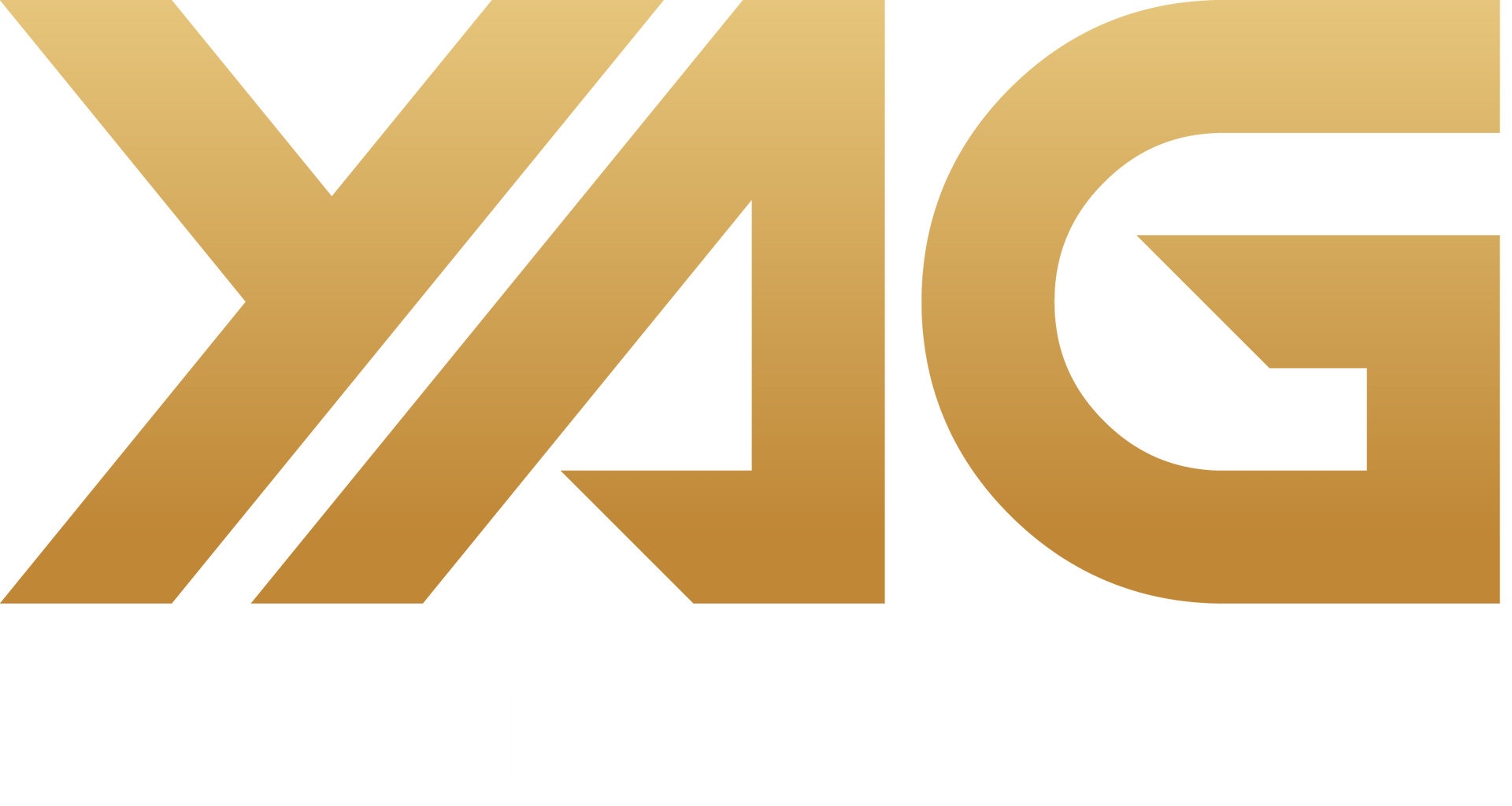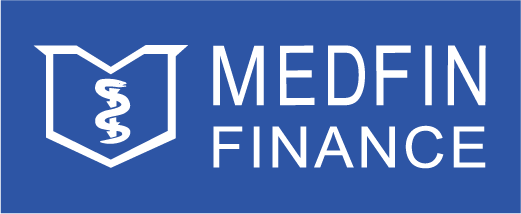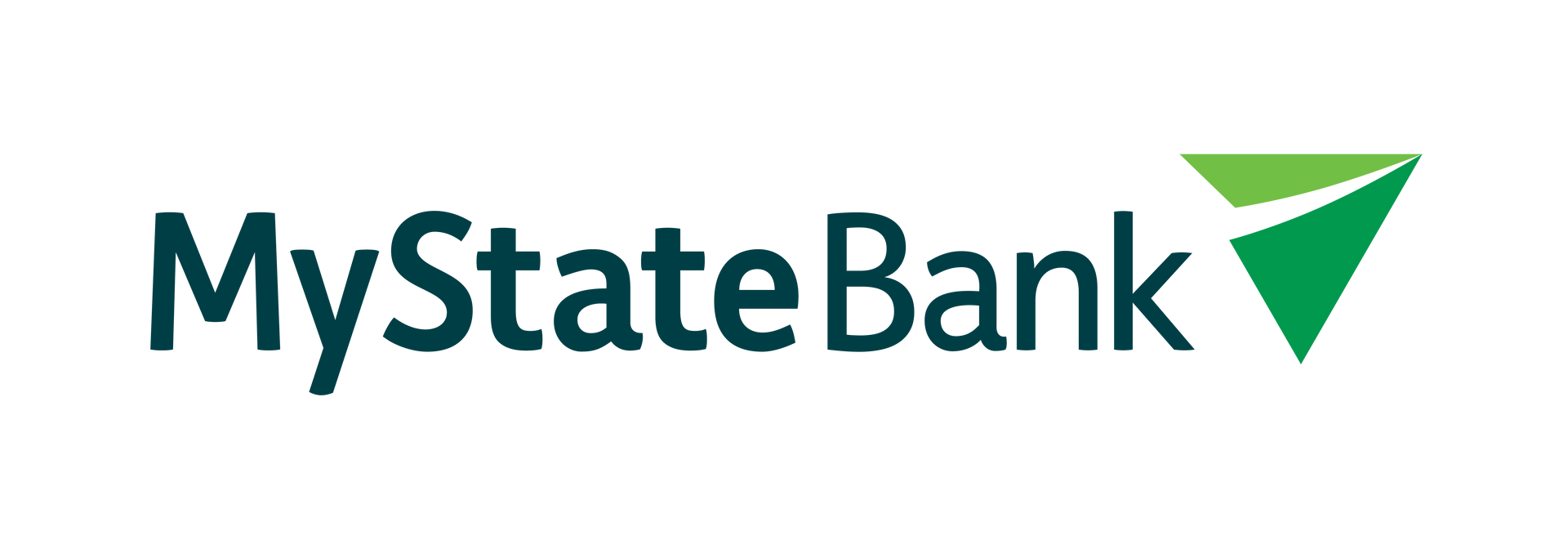Trusted Asset Finance Brokers
Asset finance is becoming a popular loan option for business owners as they are often faster and easier to obtain than a typical bank loan. Asset finance allows businesses to purchase assets like machinery, plant, equipment and vehicles without the upfront cash.
At Your Advisor Group, we’ll sit down with you to understand your circumstances and goals before comparing lenders and providing you with your options. There’s a range of types available and our
finance brokers will ensure you understand the pros and cons of each and your obligations in terms of managing repayments.
Asset Finance Types & Features
Hire Purchase
Hire purchase enables businesses to acquire assets by spreading the cost over time, eventually owning the asset after all payments are made.
Chattel Mortgage
Commonly used by business owners and operators for car and equipment finance. With a chattel mortgage, the asset is owned by you from the outset and the loan agreement is secured by the asset.
Novated Lease
A novated lease is one of the easiest and most cost-effective ways to buy and own a car. This way, the financier owns the asset, while you and your employer sign a novation agreement to share the responsibilities of the loan.
Finance Lease
A finance lease allows businesses to use an asset while paying a rental fee, offering usage flexibility without the responsibility of ownership.
The Asset Finance Process
When you work with Your Advisor Group, our goal is to find you the most suitable asset finance solution that meets your unique needs. Our process for securing asset finance is as follows:
Say Hello
Get in touch to discuss your current financial situation and goals.
Shortlist
We'll research an extensive range of banks and lenders to provide you with a shortlist of suitable options.
Pre-Approval
Once you've chosen a lender, we'll get you pre-approved.
Shopping
Shop for the equipment you need to expand your business.
Paperwork
Once you know what you want, we'll take care of the paperwork to secure finance from your lender.
All Done
The agreement is finalised, the asset purchased and you can begin to enjoy using it, without a large lump sum outlay.
Other Things to Consider: Balloon Payments
What
You choose to pay a larger sum of the loan value at the end of the loan term. The sum you pay is usually based on a fixed percentage of the total loan value.
Why
Reduce your repayments when you first start paying off the loan.
Consider how this will affect the amount of interest you pay over the life of the loan and the total amount that is left to pay at the end of your monthly repayment term. The remaining sum will need to be paid in full in one lump sum.
How Do I Know If This Is Right For Me
We can help you understand whether this approach suits your needs and run through the considerations and benefits in more detail.
What We Finance
When it comes to helping you secure finances for new assets and equipment for your business, we work hard to help you secure:
- Machinery & Equipment
- Trucks
- Trailers
- Business Loans
- Business Vehicles
- Business Equipment
And everything in between!
What is Asset Finance?
Asset finance is a funding solution that allows businesses to acquire equipment, vehicles, machinery or other business assets without paying the full amount upfront.
It involves spreading the cost of these assets over a period, making it easier to manage cash flow and maintain liquidity.
What is Considered an Asset?
When discussing asset finance, an asset is any tangible resource or property owned or controlled by a business. Your typical business assets include:
- Buildings
- Machinery
- Equipment
- Vehicles
- Plant
- Inventory
- Land
How Does Asset Finance Work?
A finance company or vendor typically purchases an asset on behalf of a business. The business then makes regular payments to use the asset. At the end of the term, depending on the type of asset finance, the business may own the asset, return it, extend the lease or sell it.
Who is Suitable for an Asset Finance Loan?
The beauty of asset finance is that it’s suitable for all types and sizes of businesses in Australia. It can be used to acquire big-ticket equipment or machinery without having to put forward large amounts of money. Asset finance loans are suitable for sole traders, contractors and companies.
How Long Do Asset Finance Loans Last?
The term of your asset finance will vary depending on the type, size and repayment schedule of the loan. They typically range from 1-5 years.
The Benefits of Asset Finance Loans
Asset finance has become a popular lending solution for businesses all over Australia because of the following benefits:
- Low to no upfront capital required
- Spreads the cost of big-ticket items over time, making them more affordable
- Simplifies financial management and supports positive cash flow
- The financed asset often serves as collateral
- Maintenance costs can be covered by the finance company
- Frees up capital, allowing for investment in other areas of your business
- The risk of asset depreciation can sit with the finance provider
- Some asset finance options include provisions for the replacement of the asset if it malfunctions during the lease or loan period
- Often more cost-effective compared to other business financing methods
The Cons of Asset Finance Loans
While asset finance can be a great financial tool to support the growth of your business, you should also keep in mind these potential disadvantages:
- Ownership of the asset remains with the provider until full payment is made, and in some finance types, ownership may never transfer to you
- Asset repossession is a risk if payment obligations are not met
- Asset financing typically involves longer terms
- Liability for damage to the asset not covered by the agreement may fall on you
- Usage limitations, such as annual mileage for vehicles may apply
An Asset Finance Example
A healthcare clinic specialises in advanced medical diagnostics and owns state-of-the-art imaging equipment. The clinic wants to expand its services to include new, cutting-edge treatments but lacks the immediate funds for such an investment. To finance this expansion the clinic opts for asset-based financing, using its valuable imaging equipment as collateral.
The clinic enters into an agreement with a finance company, putting the imaging equipment forward as security against the loan. This loan is then strategically invested in acquiring the latest medical technologies and hiring specialised staff, enabling the clinic to offer a broader range of services.
The clinic makes regular payments on the loan, balancing its expansion costs with its operational income. Once the loan and interest are fully repaid, the ownership of the imaging equipment is transferred to the clinic, which by then has successfully broadened its market reach and enhanced its service offerings.
Can Asset Finance Help with Business Growth?
Asset finance can be a great financial tool for businesses at all stages of their development. Whether you need new equipment to handle increased sales or machinery to handle projects with a large scope, asset-based lending can get you the equipment you need to take your business to that next level.
Tying up large sums of capital into expensive equipment can be a risk for businesses and that’s why choosing an asset finance solution is so common with Australian businesses.
How Much Can You Borrow With an Asset Finance Loan?
The amount of money you can borrow will depend on the lender, the financial position of your business and the value of the asset you are looking to use. It can range from as small as $10,000 up into the millions.
To work out your borrowing capacity, it’s best to consult with a professional finance broker like Your Advisor Group on the Gold Coast.
Conclusion
Asset finance is a flexible and practical finance solution for businesses looking to acquire assets without impacting their cash flow or requiring massive upfront capital. It offers various options to suit different business needs and can be a great way to grow your business.
Book a free 15-minute discovery call today!























